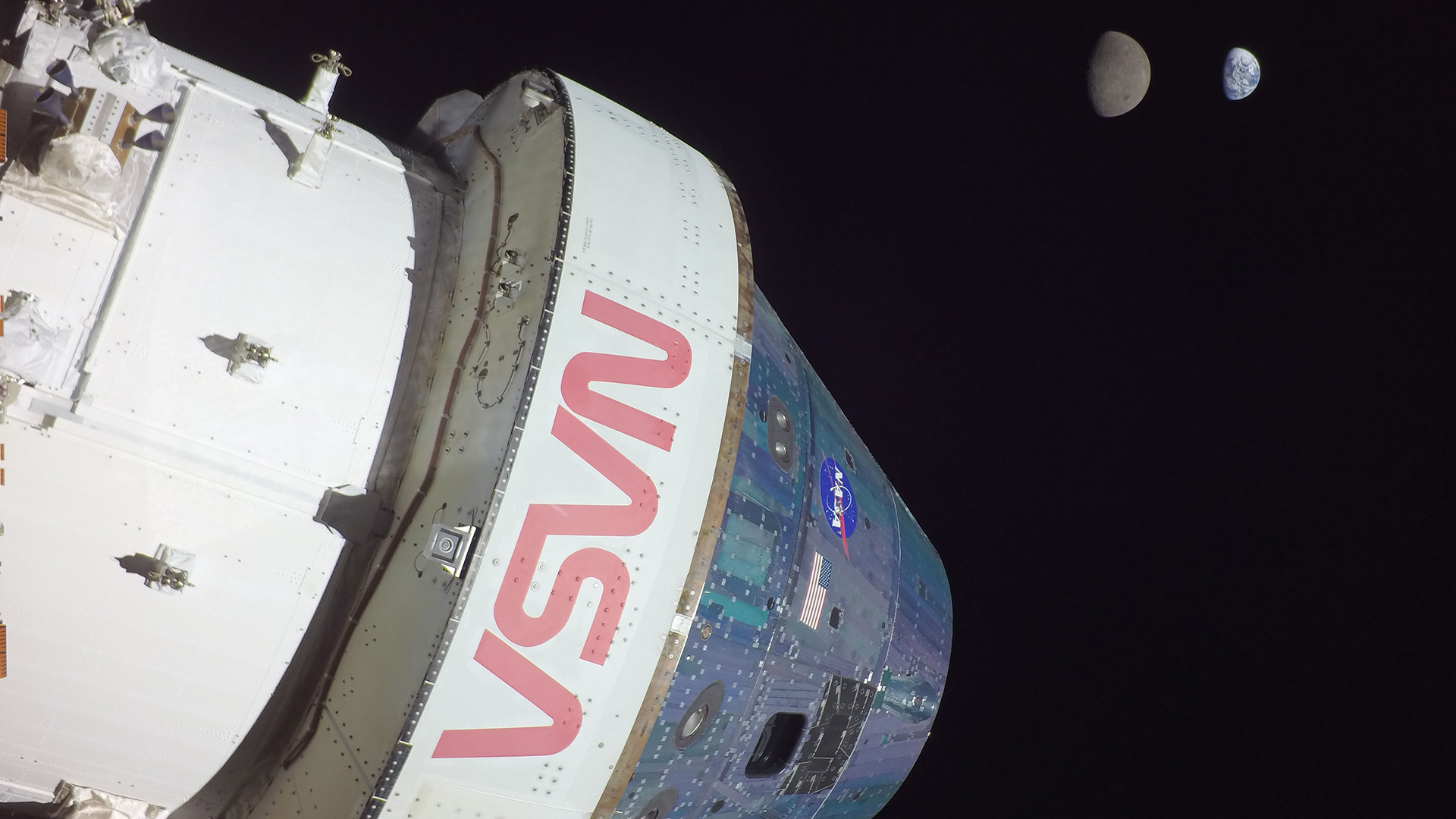NASA didn’t test one of Orion’s most important systems in first flight
Orion’s first flight is coming to an end soon, and its return to Earth is an exciting moment for space fans. But what might be most intriguing about this mission is that NASA didn’t test one of the most important systems the Orion will need to have if it plans to actually take humans to the Moon and beyond: the life support system.
Not testing the life support system on Orion’s first flight might seem like a misstep, but NASA actually had a lot of other things to take into account on this expedition, which means consolidating the testing of the life support system wasn’t a bad idea, especially if the space agency wants to keep things moving as smoothly as possible.
The Europe-built service module responsible for the propulsion and navigation is also responsible for the life support systems that will sustain astronauts on their journey to the Moon. This module was built to carry water that the astronauts will need, as well as to generate breathable air by mixing oxygen and nitrogen together.
For Orion’s first mission, though, the space agency isn’t testing the oxygen portion of this system. Instead, it’s only testing the nitrogen delivery system. Luckily, the dummy astronauts aboard the spacecraft don’t mind the lack of oxygen. NASA says that it plans to properly test the life support systems closer to the launch of the second Artemis mission.
For now, though, Airbus, the company behind the system, is extensively monitoring multiple parts of it using data sent back by Orion. When the second mission lifts off in a few years (NASA is currently striving for 2024), the systems should have already been put through rigorous testing to ensure the safety of the astronauts who will use it to orbit the Moon for the first time since 1972.
With Orion’s first mission already coming to a close soon, NASA and others onboard with the missions will have a ton of data to sift through and make adjustments based on. Orion has seen quite a bit on its journey, even capturing an image of Earth and the Moon together, as well as new haunting images of the Moon’s surface.
Orion’s first flight is coming to an end soon, and its return to Earth is an exciting moment for space fans. But what might be most intriguing about this mission is that NASA didn’t test one of the most important systems the Orion will need to have if it plans to actually take humans to the Moon and beyond: the life support system.
Not testing the life support system on Orion’s first flight might seem like a misstep, but NASA actually had a lot of other things to take into account on this expedition, which means consolidating the testing of the life support system wasn’t a bad idea, especially if the space agency wants to keep things moving as smoothly as possible.
The Europe-built service module responsible for the propulsion and navigation is also responsible for the life support systems that will sustain astronauts on their journey to the Moon. This module was built to carry water that the astronauts will need, as well as to generate breathable air by mixing oxygen and nitrogen together.

For Orion’s first mission, though, the space agency isn’t testing the oxygen portion of this system. Instead, it’s only testing the nitrogen delivery system. Luckily, the dummy astronauts aboard the spacecraft don’t mind the lack of oxygen. NASA says that it plans to properly test the life support systems closer to the launch of the second Artemis mission.
For now, though, Airbus, the company behind the system, is extensively monitoring multiple parts of it using data sent back by Orion. When the second mission lifts off in a few years (NASA is currently striving for 2024), the systems should have already been put through rigorous testing to ensure the safety of the astronauts who will use it to orbit the Moon for the first time since 1972.
With Orion’s first mission already coming to a close soon, NASA and others onboard with the missions will have a ton of data to sift through and make adjustments based on. Orion has seen quite a bit on its journey, even capturing an image of Earth and the Moon together, as well as new haunting images of the Moon’s surface.
